 Holidays are times when you can relax and reflect, spend time with friends and family, and indulge in copious amounts of turkey, ham, mashed potatoes, and pie. Well, maybe don’t eat so much pie. But we do have plenty of reasons to not only be grateful, and to be inspired for the future.
Holidays are times when you can relax and reflect, spend time with friends and family, and indulge in copious amounts of turkey, ham, mashed potatoes, and pie. Well, maybe don’t eat so much pie. But we do have plenty of reasons to not only be grateful, and to be inspired for the future.
Top Ten Things That Inspire Me
You probably have a hundred things you are excited about for the next decade. I have compiled my personal Thomas’s Top Ten list of things I am inspired by and that make me smile.
- Good health: There’s a lot to say about good health, such as being able to do things you like to do, go places you want to visit, and experience everything life has to offer. Being in the fitness industry predisposes a person to being health-minded, but it’s not an easy road and definitely something not to be taken for granted.
- Good friends: Spending time with friends is important. Like good health, this isn’t always easy and sometimes there are roadblocks along the way. I believe my favorite place on earth is wherever my best friend is at that time.
- Pets: If you have pets, you instantly have a built-in best friend. When treated well, these little animals can give you love and affection after a long day at work, or give you the inspiration to go out and exercise when you are tired.
- Sunshine: Sunshine is such an important aspect of life that it comes in at number four on my list. Without the sunshine, there is no life. Go out on a sunny day and see for yourself. There is something to be said for rainy days too… without rain, there would be no trees, flowers, or rivers.
- Fresh air: I am grateful for fresh air, even if it’s cold and crisp. Being able to breathe well is something to be thankful for because it isn’t easy for everyone. Fresh air can improve your sleep as well as overall well-being.
- Clean water: Having a clean water source and plenty to go around is a beautiful thing. All too often, we take having clean water for granted. Our bodies need water to function well—and being able to stay outwardly clean doesn’t hurt, either.
- Good sleep: Sleeping is where we recharge our batteries. After a long day of work and play, our bodies need sleep to rebuild muscle and alleviate mental fatigue. Also, sleeping in on the weekend is okay!
- Books: I am very grateful for not only the ability to read, but also all the books that inspire me in life and work. Even further, books allow not only for education, but also relaxation. There is something to be said about someone who enjoys being an active participant in their entertainment. Also, you can multiply your happiness when you share your books with your friends.
- Music: Sometimes people can associate music and songs with nearly every aspect of their lives. You can almost define certain life events with music (what was your high school spirit song, or are there any songs that you remember from elementary school?). Also, music helps inspire and motivate people to exercise. Over the years, music may change, but the effect is still the same.
- Mountains: This can be taken both literally and metaphorically. Mountains are amazing. Thousands of years old, stoic, and everlasting, mountains can be a destination for relaxation (vacation), exercise (hiking), and relaxation. Thinking outside the box, a “mountain” can represent your own personal goal for the coming year. I am thankful for mountains because they are the ultimate reason for pursuing a healthy lifestyle.
What Inspires You?
What ideas are on your Top Ten list? I’m sure there are many I have failed to list that are as important or possibly more important than the ones I have listed. Take a few moments and jot them on a piece of paper. That’s how I started this blog!
Looking forward to a New Year and new decade is an exciting prospect. NIFS will be looking help you reach your goals, motivate you, and educate you with the most knowledgeable and expert advice available. Happy holidays and have a GREAT 2020.
This blog was written by Thomas Livengood, NIFS Health Fitness Instructor and Personal Trainer. To read more about the other NIFS bloggers, click here.


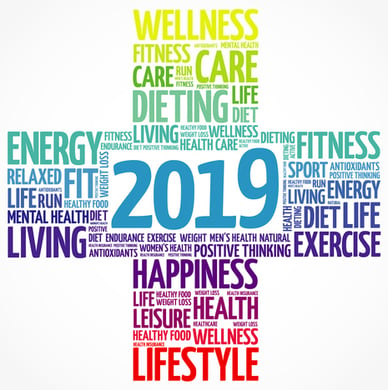 Happy February 2019! Are you a “New You” yet?
Happy February 2019! Are you a “New You” yet?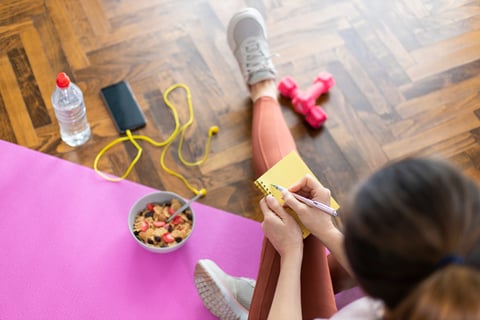 This year make an effort to change small things and create healthier habits. You'd be surprised how little changes can lead to big benefits.
This year make an effort to change small things and create healthier habits. You'd be surprised how little changes can lead to big benefits.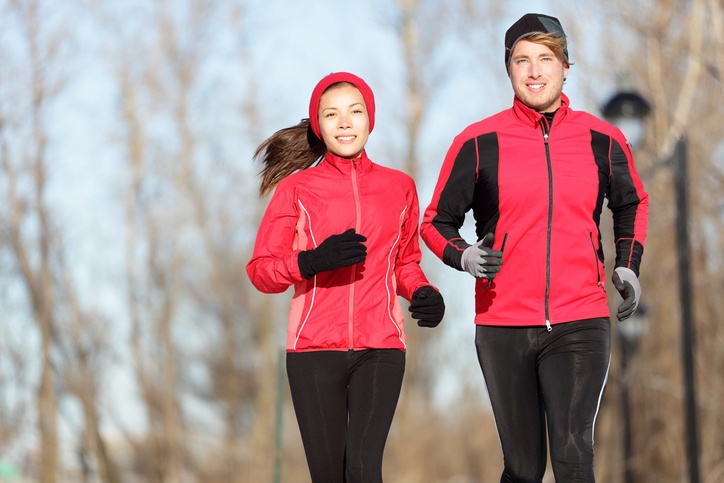 It happens every year. As the new year rolls around, we set our new fitness goals and get excited to get started on them and “make this year the year!” But with winter still here through the end of March, many of us end up with the goal to get fit, but with no motivating factors to flip the switch in our brains to get out of hibernation mode. It gets easier in the spring and summer, when we can start to change up the environment we work out in, the workload at the office might be lighter, and there is more daylight before the sun goes down. But what do we do until then?
It happens every year. As the new year rolls around, we set our new fitness goals and get excited to get started on them and “make this year the year!” But with winter still here through the end of March, many of us end up with the goal to get fit, but with no motivating factors to flip the switch in our brains to get out of hibernation mode. It gets easier in the spring and summer, when we can start to change up the environment we work out in, the workload at the office might be lighter, and there is more daylight before the sun goes down. But what do we do until then?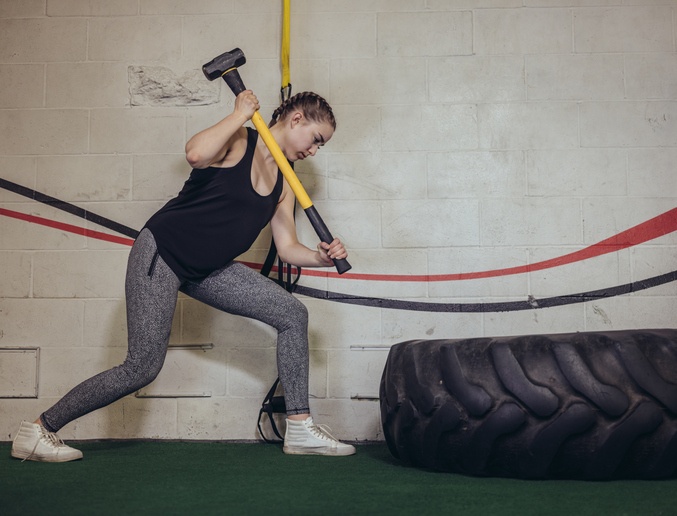 Greetings NIFS friends! Hopefully your New Year’s resolutions are keeping you more active at the gym and less active at the buffet line. All joking aside, getting back to the gym can be challenging, especially if you are not sure what to do when you get there or if you are burnt out on cookie-cutter workouts that are barely working anymore. With that being said, introducing new equipment, ideas, and strategies can be a daunting task. Don’t let that get you down, though, because we are here to rescue your workout!
Greetings NIFS friends! Hopefully your New Year’s resolutions are keeping you more active at the gym and less active at the buffet line. All joking aside, getting back to the gym can be challenging, especially if you are not sure what to do when you get there or if you are burnt out on cookie-cutter workouts that are barely working anymore. With that being said, introducing new equipment, ideas, and strategies can be a daunting task. Don’t let that get you down, though, because we are here to rescue your workout! After the feasting season (Halloween to Christmas) comes the New Year, and for a lot of people this means a resolution. Most people make resolutions to start weight loss, work out more, eat better, and so on; but typically it is some sort of goal to start off the New Year on a healthier note. If you are hoping to have a healthier year, I have some suggestions that will help jump-start your January.
After the feasting season (Halloween to Christmas) comes the New Year, and for a lot of people this means a resolution. Most people make resolutions to start weight loss, work out more, eat better, and so on; but typically it is some sort of goal to start off the New Year on a healthier note. If you are hoping to have a healthier year, I have some suggestions that will help jump-start your January.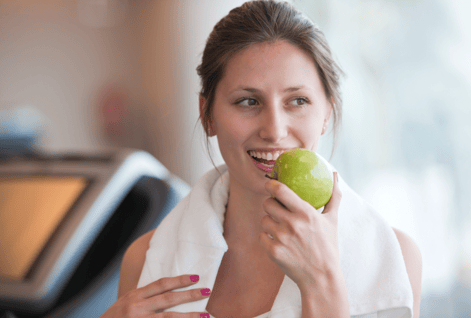 It’s coming…the holiday season! Many people tend to give up or have the “I’ll start fresh next year” mindset when it comes to exercise around the holidays. Don’t let that be you this year! Halloween is over and before we know it Thanksgiving and Christmas will be here. Parties will start, normal schedules will be crazy, and more food will be added to your life.
It’s coming…the holiday season! Many people tend to give up or have the “I’ll start fresh next year” mindset when it comes to exercise around the holidays. Don’t let that be you this year! Halloween is over and before we know it Thanksgiving and Christmas will be here. Parties will start, normal schedules will be crazy, and more food will be added to your life.
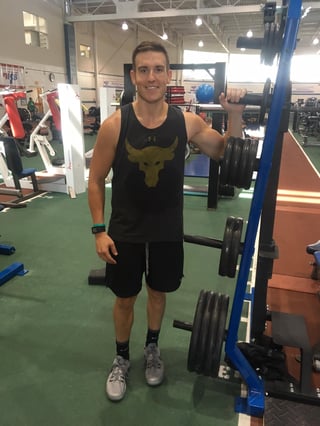
 As the new year is here, we start forming new goals for the next. I would like to share a story of a member who has worked incredibly hard through 2015 and 2016, has crushed all of the weight loss and fitness goals that he set and then some, and who has transformed himself completely in front of everyone who has seen him.
As the new year is here, we start forming new goals for the next. I would like to share a story of a member who has worked incredibly hard through 2015 and 2016, has crushed all of the weight loss and fitness goals that he set and then some, and who has transformed himself completely in front of everyone who has seen him.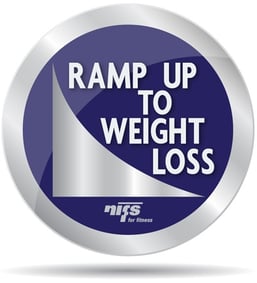
 The New Year is just around the corner and many will be out to improve themselves on many levels in 2021, with health and fitness usually being number one on the list. If losing weight, increasing lean muscle tissue, and sculpting a lower half that will certainly turn heads, while all at the same time improving your heart health is what you are looking for, I have one answer. The use of sprints in the world of fitness and sport performance is nothing exceptionally new, but can be new to you. Actually, sprinting (fast, short bouts of running) was used to stay alive long before we used it as a mode of training.
The New Year is just around the corner and many will be out to improve themselves on many levels in 2021, with health and fitness usually being number one on the list. If losing weight, increasing lean muscle tissue, and sculpting a lower half that will certainly turn heads, while all at the same time improving your heart health is what you are looking for, I have one answer. The use of sprints in the world of fitness and sport performance is nothing exceptionally new, but can be new to you. Actually, sprinting (fast, short bouts of running) was used to stay alive long before we used it as a mode of training.